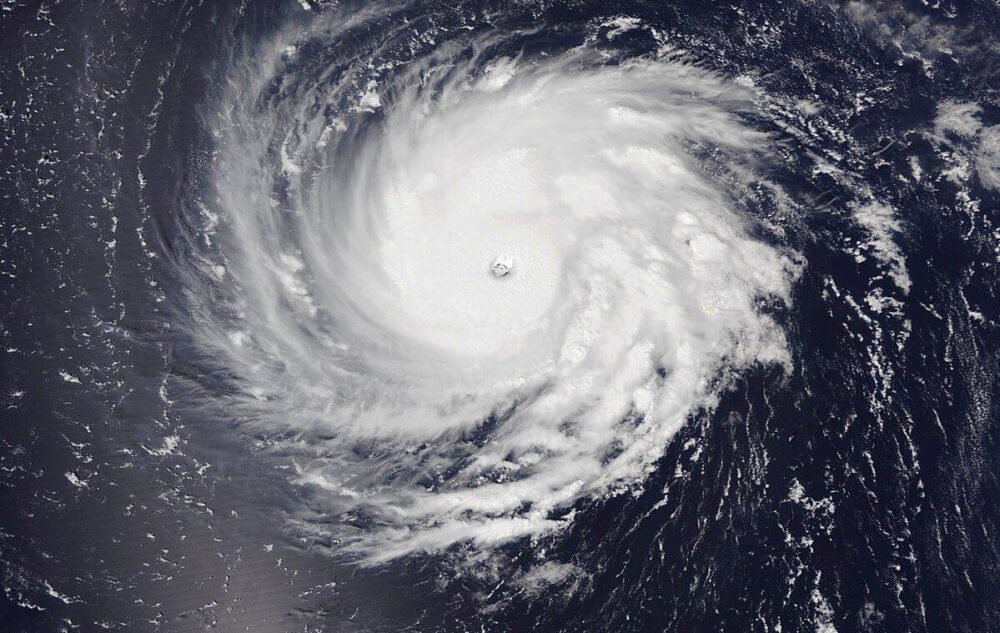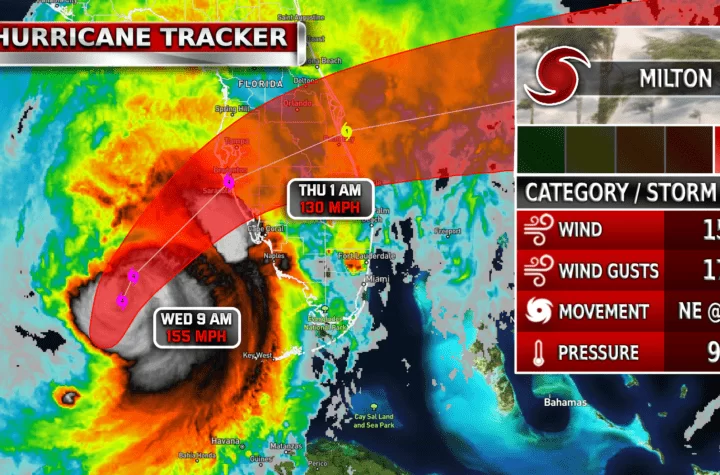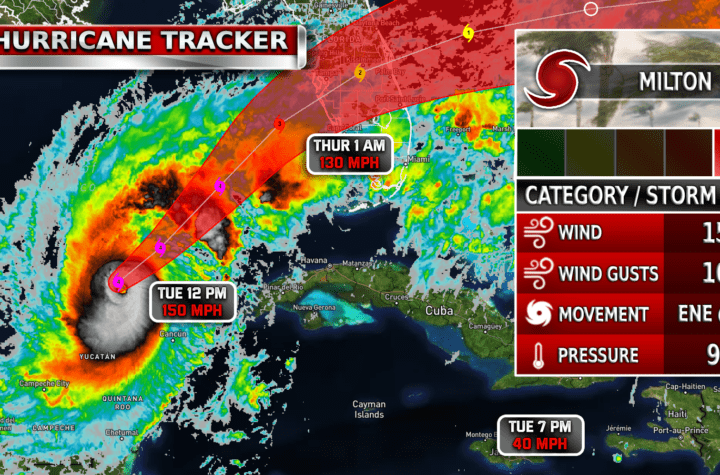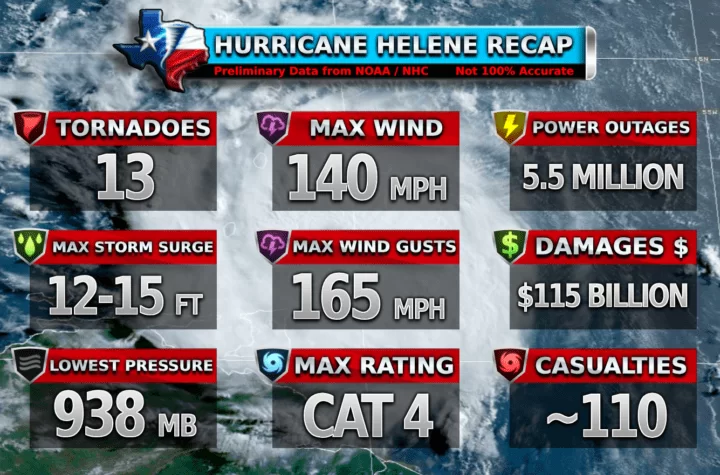Hurricane Ian started its journey through Cuba where it made landfall as a CAT 3 early Tuesday morning. Hurricane Ian caused massive destruction, and completely dismantled the nations power grid. The entire nation was then without power, leaving 100% of its residents in the dark.
Then the storm traveled north towards the United States. Hurricane Ian made landfall on the Florida coast as a strong CAT 4 hurricane around 3 PM. This was the 5th strongest hurricane by definition of windspeed to ever hit the US in history. The devastation is extreme. Search and rescue are still at this moment making their way out to find people in the midst of everything. Flood waters and immense amounts of debris have made roads impassable. Reports show that this hurricane causes a “500 year flooding event”. The only rescue that can be done is by boats and helicopters. Hundreds of square miles of Florida land has been battered by this storm, and recovery could take months. Here are a rundown of some Hurricane Ian stats:
Landfall Location = Cayo Costa (close to Fort Myers FL)
Ian Max Sustained Winds = 155 mph
Ian Max Wind Gusts = ~176 mph
Lowest Pressure = 940 mb
Width of Hurricane = 180+ miles
Power Outages = ~2.6 million
Casualties = ~13+
We won’t know the finals on many numbers until later this week, including the death toll. Many reports are saying they fear hundreds are dead, and that this is the “deadliest hurricane in Florida’s history”. Many tornadoes were also reported with Hurricane Ian. Not all were able to be spotted and reported due to the horrible conditions outside, but at least 12 tornadoes were confirmed. See more about Ian here.
Where’s the Hurricane going next?
Hurricane Ian currently is a tropical storm just off of the east coast of Florida in the Atlantic Ocean moving N/NW expected to restrengthen to a Cat 1 later. It is expected to make landfall around Charleston South Carolina on Friday morning/afternoon and produce storm surge up to 6 feet around coastal areas of Northern Georgia, South Carolina, and North Carolina. See more updates here.
Hurricane Hazards
“While hurricanes pose the greatest threat to life and property, tropical storms and depression also can be devastating. The primary hazards from tropical cyclones (which include tropical depressions, tropical storms, and hurricanes) are storm surge flooding, inland flooding from heavy rains, destructive winds, tornadoes, and high surf and rip currents.
- Storm surge is the abnormal rise of water generated by a storm’s winds. This hazard is historically the leading cause of hurricane related deaths in the United States. Storm surge and large battering waves can result in large loss of life and cause massive destruction along the coast.
- Storm surge can travel several miles inland, especially along bays, rivers, and estuaries.
- Flooding from heavy rains is the second leading cause of fatalities from landfalling tropical cyclones. Widespread torrential rains associated with these storms often cause flooding hundreds of miles inland. This flooding can persist for several days after a storm has dissipated.
- Winds from a hurricane can destroy buildings and manufactured homes. Signs, roofing material, and other items left outside can become flying missiles during hurricanes.
- Tornadoes can accompany landfalling tropical cyclones. These tornadoes typically occur in rain bands well away from the center of the storm.
- Dangerous waves produced by a tropical cyclone’s strong winds can pose a significant hazard to coastal residents and mariners. These waves can cause deadly rip currents, significant beach erosion, and damage to structures along the coastline, even when the storm is more than a 1,000 miles offshore.”
BE HURRICANE READY! (https://www.weather.gov/safety/hurricane)
Become a TWC Member today for FREE!
Support Texas Weather Center
Join the TWC Membership through Patreon to show your support and keep TWC high quality and FREE!
Texas Weather Center Supporters
🥉Kathryn
🥇David Bass
🥉cslewis1234
🥉Robert Fasulo
🥈Carol
Join TWC’s Facebook Group to interact with a community, see the latest updates from TWC, and share your weather photos!





